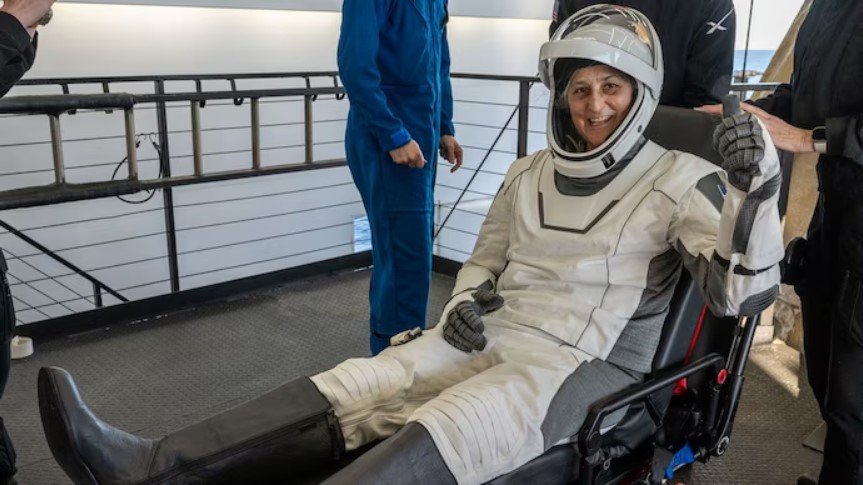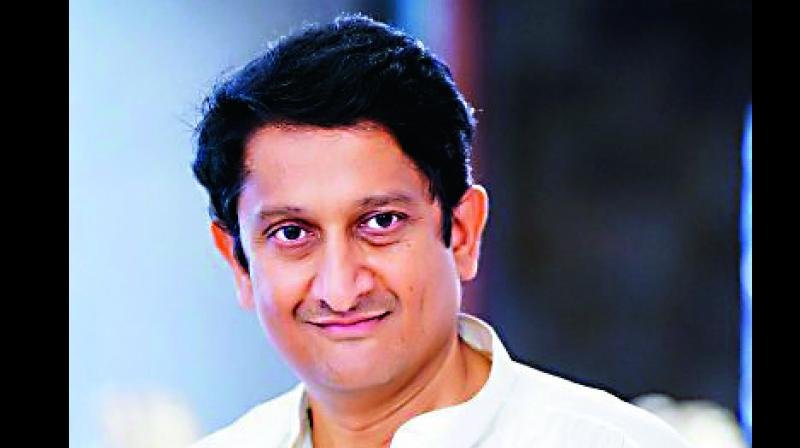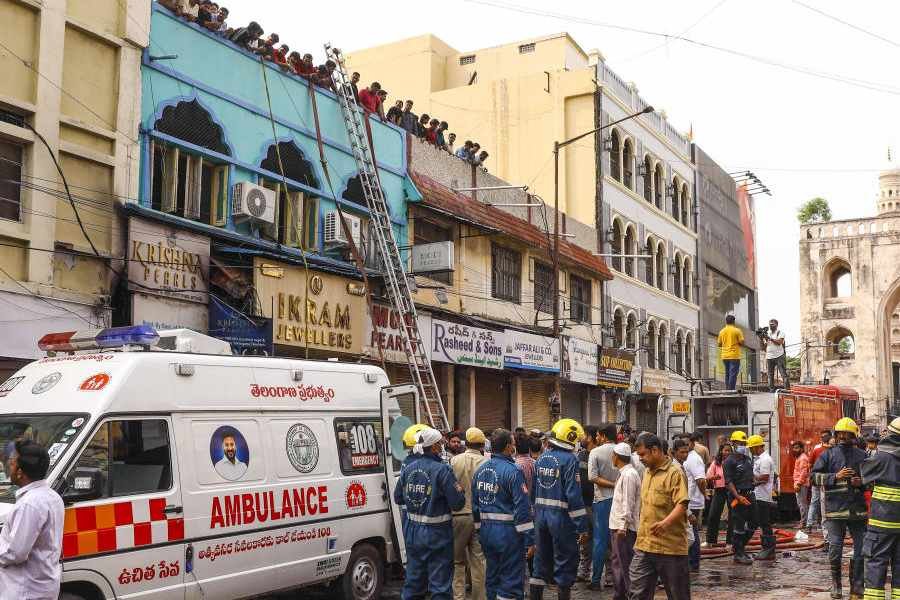
After an incredible 286 days in space, NASA astronaut Sunita Williams has successfully returned to Earth. This remarkable mission included 4577 orbits around our planet and covered a staggering distance of 195.2 million kilometers. Williams, alongside fellow astronaut Butch Wilmore, embarked on an eight-day mission that unexpectedly turned into a nine-month adventure due to technical challenges with the Starliner spacecraft.
The Unexpected Journey
What began as a routine test flight quickly transformed into a series of unprecedented experiences for Sunita Williams. Known for her expertise as a test pilot in the U.S. Navy, Williams faced unexpected challenges, including a record-setting spacewalk and political debates surrounding her mission. Ultimately, her return was marked by a successful splashdown in the Atlantic Ocean, a moment that signified a triumphant end to an extraordinary journey.
Confirming the Splashdown
The Crew-9 astronauts, including Sunita Williams, suited up and undocked from the International Space Station’s Harmony port. Their 17-hour flight back to Earth was meticulously monitored by teams from NASA and SpaceX. As the Dragon spacecraft executed its descent burn, it entered a re-entry trajectory toward Earth.
During the descent, the capsule created a plasma wall due to intense friction, leading to a brief communication blackout. Luckily, Dragon emerged from the atmosphere, and Mission Control confirmed that all was well. The deployment of the drogue and main parachutes slowed the capsule before it gently splashed down in the Atlantic, where a recovery ship awaited the astronauts.
The Road to Recovery
Although Sunita Williams and Butch Wilmore have safely returned, their rehabilitation has just begun. In space, the body undergoes numerous changes, and returning to gravity can be challenging. Astronauts often experience puffiness in the face and thinness in the legs due to fluid redistribution. Williams may face difficulty walking and could experience muscle weakness after months in microgravity.
Additionally, astronauts lose 1-2% of bone mass each month in space, increasing the risk of fractures. Recovery can take time, and both astronauts will need to readjust to gravity, which can lead to dizziness and disorientation for a period after landing.
A Message from PM Modi
In a heartfelt gesture, Prime Minister Narendra Modi sent a personal letter to Sunita Williams, delivered by astronaut Mike Massimino. He expressed pride on behalf of 1.4 billion Indians, saying, “Even though you are thousands of miles away, you remain close to our hearts.” Modi acknowledged Williams’s significant contributions to space exploration and invited her to visit India post-return.
SpaceX’s Dominance
The return mission of Sunita Williams has highlighted the competition in space travel. While Boeing’s Starliner has faced multiple setbacks, SpaceX has maintained a 100% success rate with its Dragon spacecraft. As attention shifts to future missions, SpaceX’s upcoming Axiom-4 mission will feature Indian Air Force Group Captain Shubhanshu Shukla piloting the Dragon spacecraft to the ISS.
As the world looks forward to this mission, the legacy of Sunita Williams continues to inspire countless individuals. For more updates on similar topics, visit The Hans Bharat.
In summary, the Sunita Williams Space Return marks not just a personal victory, but also a significant milestone in the ongoing journey of human space exploration.






